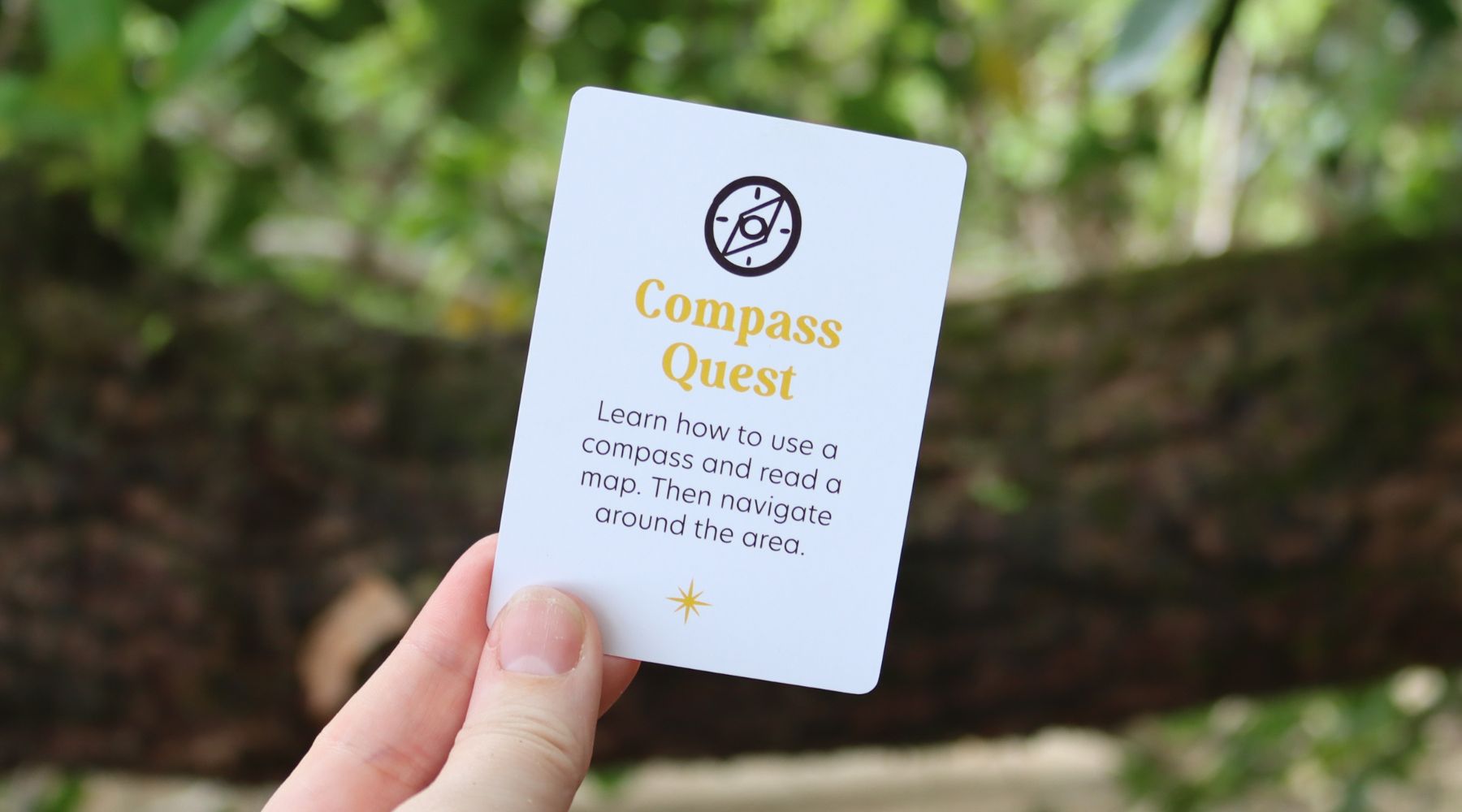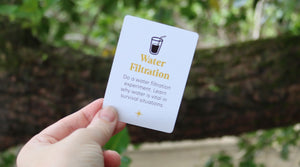Cart
0
Why Learn to Use a Compass?
Navigating with a compass and map is an essential skill for any adventurer. Whether you’re hiking in the wilderness or just exploring your local area, knowing how to read a map and use a compass helps you find your way without relying on technology. Today, we’ll learn the basics of using a compass and reading a map, and then you can put your skills to the test!Step 1: Get to Know Your Compass
A compass is a tool that shows direction. Here's a quick guide to understanding how it works:- Magnetic Needle: The red end of the needle always points to magnetic north.
- Compass Housing: This is the part of the compass that can rotate. It has markings for the four main directions: North (N), East (E), South (S), and West (W).
- Baseplate: The flat, clear part of the compass with a straight edge that helps you measure distances on a map.
Step 2: Learn How to Use a Compass
- Hold the compass flat in your hand: Make sure the baseplate is level and the needle can move freely.
- Find North: Rotate the compass housing until the letter "N" (north) lines up with the direction of the red needle. Now the compass is aligned, and you can use it to figure out where north, east, south, and west are around you.
- Choose a direction: If you want to walk in a certain direction (like east), turn your body until the compass needle lines up with the “E” on the housing. Now, walk in that direction!
Step 3: Read a Map
Maps help you understand the area you’re exploring. Here’s what to look for:Compass Rose: A symbol on the map that shows the directions (north, south, east, west).
- Scale: The scale shows how far things are in real life. For example, 1 cm on the map might represent 1 km in real life.
- Landmarks: Look for symbols that represent features like rivers, mountains, or buildings.
Align the Map with Your Compass:
- Place the map on a flat surface and put your compass on top.
- Turn the map and the compass until the compass needle lines up with the north on the map’s compass rose. Now your map is aligned with the real world!
Step 4: Go on Your Compass Quest!
- Pick a location: Choose a spot on the map that you want to navigate to—like a nearby park, building, or landmark.
- Plot your route: Use the compass to figure out which direction you need to walk. Keep checking your compass as you go to make sure you stay on course.
- Track your progress: Use the landmarks on the map to help you confirm your location as you move. If you pass a river, check it against the map to ensure you’re heading in the right direction.
Why Navigation Matters
Learning to navigate with a compass and map is an important skill for adventurers, especially if you’re exploring unfamiliar areas. It’s also a great way to feel more confident in the outdoors and sharpen your sense of direction. Plus, it’s fun!


